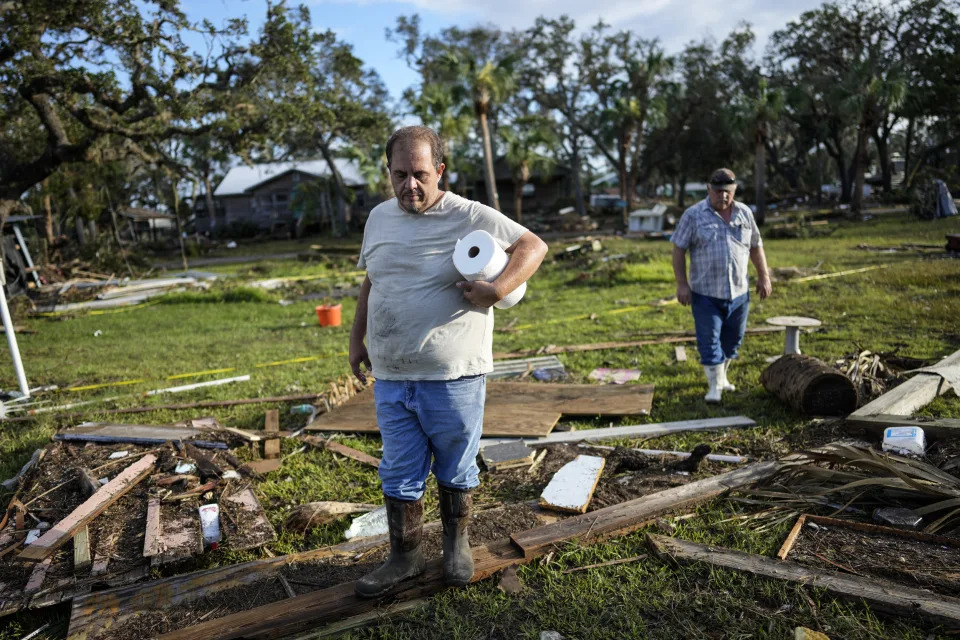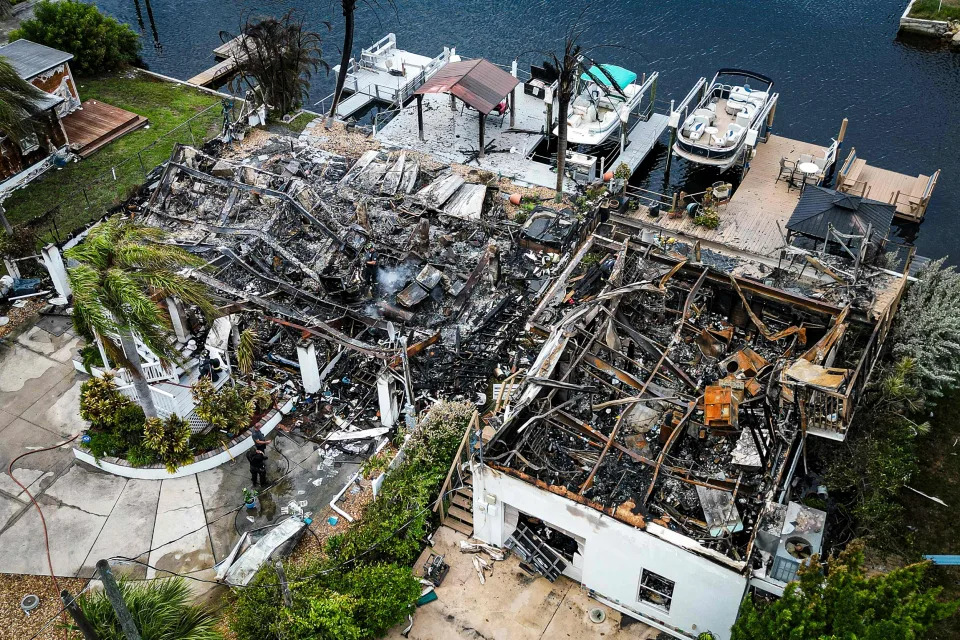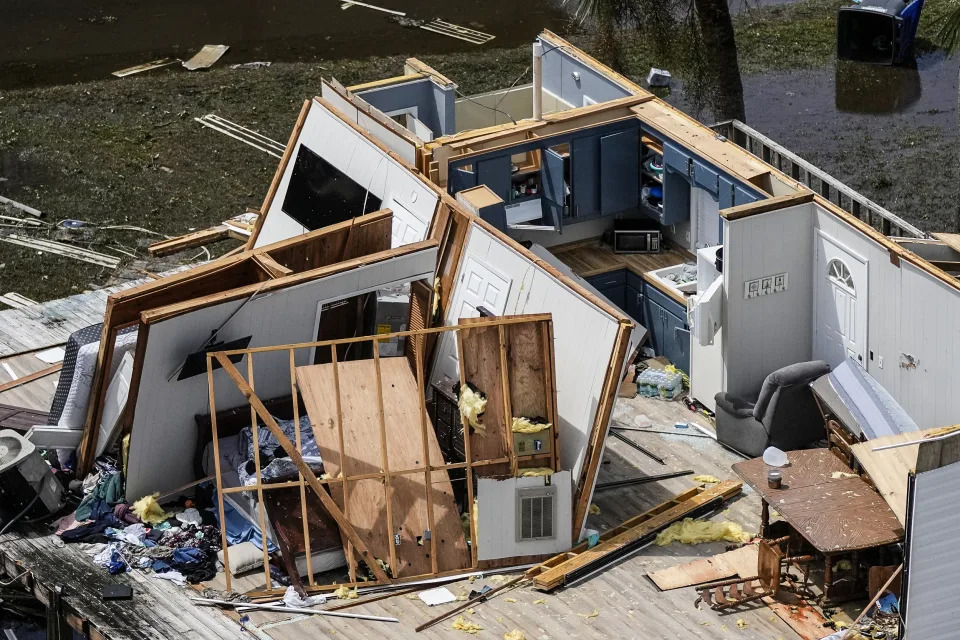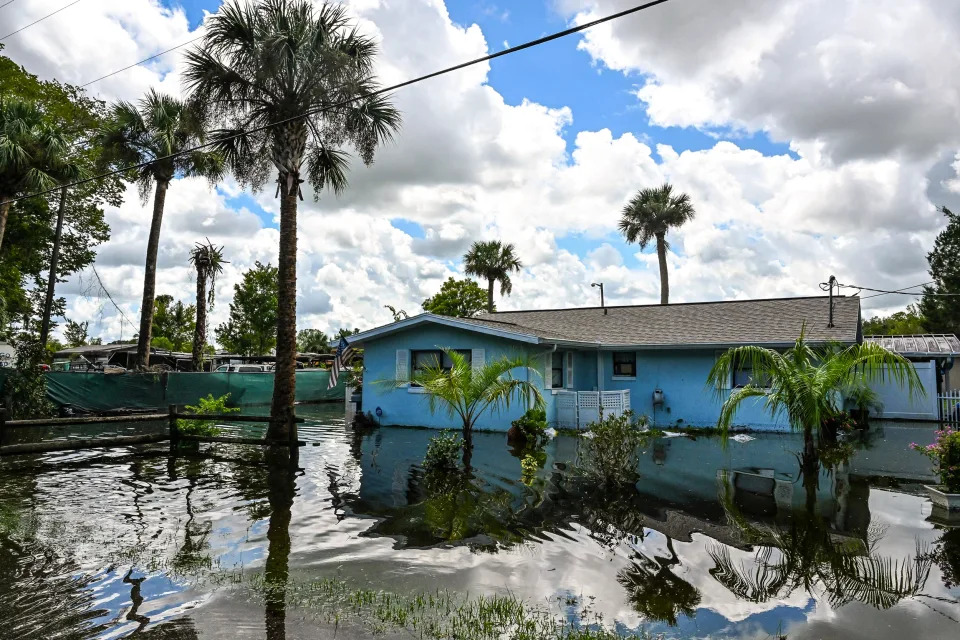The Telegraph – Opinion
China is building new coal power so fast that ‘energy transition’ by the West is meaningless
David Blackmon – September 6, 2023
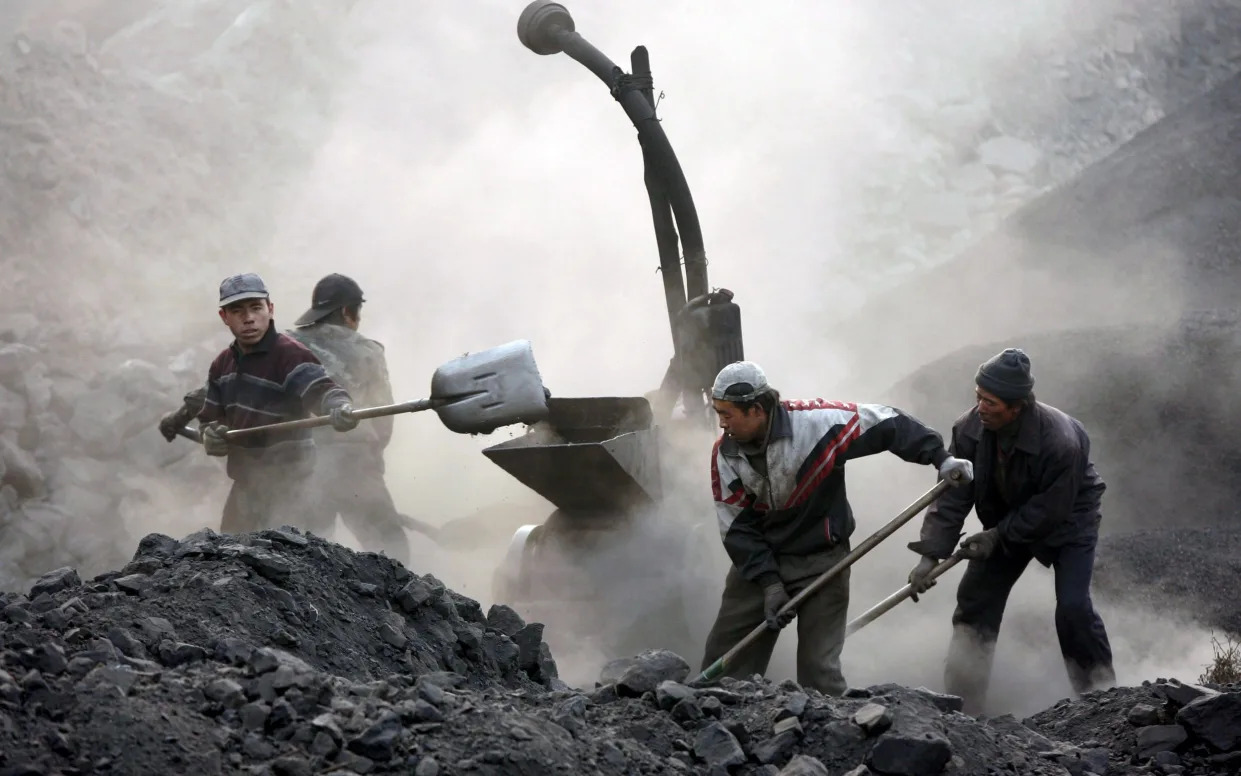
Several interesting things have happened lately.
Bloomberg reported on August 30 that a recent update by British/Dutch oil giant Shell seems to have quietly abandoned a previously-announced radical plan to cut the company’s carbon emissions. Meanwhile Shell will increase investment in finding and producing more oil and natural gas.
The same media platform reported August 29 that China’s government has now approved the building of more new coal-fired power plants than are currently operating in the United States. The researchers who worked this out stated that these new coal plants are mostly in places with lots of existing coal power, and will provide capacity beyond that needed to back up renewables. This would appear to be a tacit admission that more fossil fuel energy is required to meet rising demand for electricity, even as Chinese population growth has stagnated.
Also on August 29, Rystad Energy released a new report which finds the “reinvestment rate among a group of 18 public shale companies hit 72 per cent in Q2 2023, the highest since Q2 2020,” as US shale producers strive to raise production to meet rising demand.
All these stories, and others, are indicative of industries and governments refocusing investments away from less productive green energy schemes, plowing more capital into efforts to increase production and generation. The driving factor behind this rededication to growth is obvious. The world continues to demand more oil, natural gas, and yes, coal to provide reliable and affordable energy to the masses.
Unlike Shell, BP and other European oil giants, US major ExxonMobil has never apologized for or scaled back investments in its core business efforts even as it has ramped up major new investments in various emissions-reducing projects through its Low Carbon Solutions business unit in recent years. ExxonMobil always has been and plans to remain at its core an oil and gas company, and the reasons why are spelled out in the 2023 edition of its annual Global Energy Outlook that was also published this week.
The key point in the Outlook that grabbed the most headlines in the renewables-obsessed legacy media is the finding that the world has fallen well behind the progress needed to meet the UN’s goal of having a “net-zero” energy mix by 2050, and that dynamic is unlikely to change over the next 27 years. This conclusion is hardly novel at this point – that view has in fact become part of a rising consensus among energy experts over the course of 2023. But most of the corporate media is so heavily invested in pushing the climate alarmist talking points that this finding still becomes the main headline related to a report that contains all manner of other interesting and valuable findings.
ExxonMobil’s projected shifts in the global energy mix between now and 2050 are a good example. The Global Outlook forecasts that fossil fuels – oil, natural gas, and coal – will still provide 69 per cent of global primary energy in 2050, which compares to the 80 per cent derived from those sources in 2022. The report projects the world will still demand the use of 25 billion metric tons (BMT) of oil in 2050, more than double the 11 billion projected by the International Energy Agency, whose initial findings seem to always be heavily optimistic in favor of a rapid transition, yet also always seem to require later, more pessimistic revisions.
That 25 BMT projection for 2050 will be a noticeable fall from the projected peak at 34 BMT of oil later in this decade. By contrast, the Global Outlook projects natural gas demand to increase by over 20 per cent during the next 27 years, “…given its utility as a reliable and lower-emissions source of fuel for electricity generation, hydrogen production, and heating for both industrial processes and buildings.” That finding also runs contrary to the IEA’s projection, as well as to the overarching media narrative related to the energy transition. But then again, almost everything currently happening in the energy space also conflicts with those things, so why should this Global Outlook be any different?
To further emphasize the continuing intractability of rising global energy demand, ExxonMobil’s researchers find that “energy from solar and wind is projected to more than quintuple, from 2 per cent of the world’s supply to 11 per cent.” The study also finds overall global CO2 emissions dropping dramatically by 2050, from a projected peak of roughly 34 BMT later this decade to about 25 BMT. But that reduction comes up well short of the UN’s goal of 11 BMT by 2050.
The report’s conclusion advocates for continuing public policy support for development of low carbon solutions, but the authors emphasize the need for these solutions to be “market-driven,” “technology-agnostic,” and to “incentivize all approaches, equally.”
Given that all these crucial energy policy decisions are being made by politicians beholden to their own preferred solutions which help fund their election campaigns, there is little reason to think any of those directional goals will be adopted. Thus, there is every reason to expect this heavily subsidized “energy transition” to continue to fail to meet its stated goals.
David Blackmon had a 40 year career in the US energy industry, the last 23 years of which were spent in the public policy arena, managing regulatory and legislative issues for various companies. He continues to write and podcast on energy matters

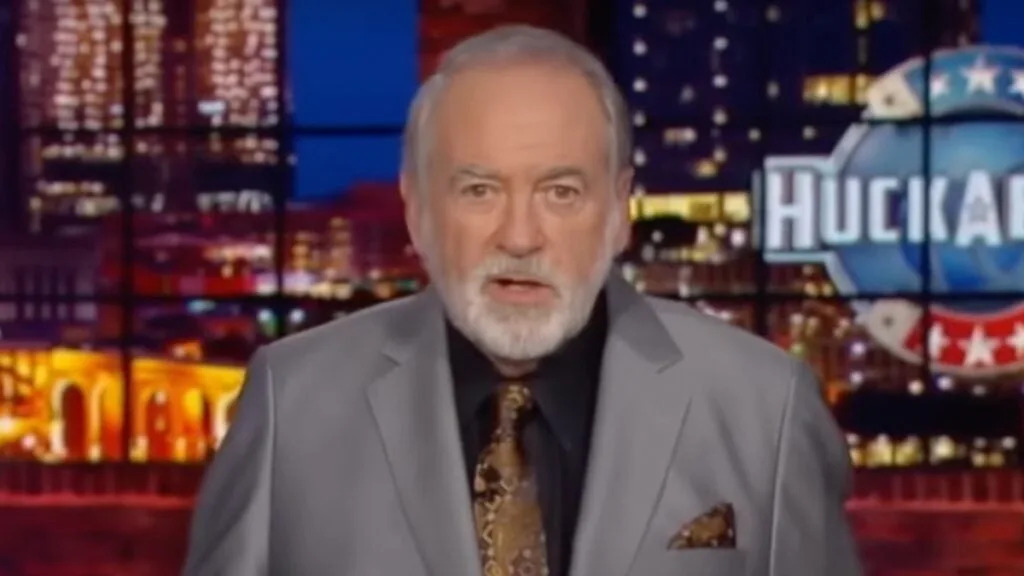






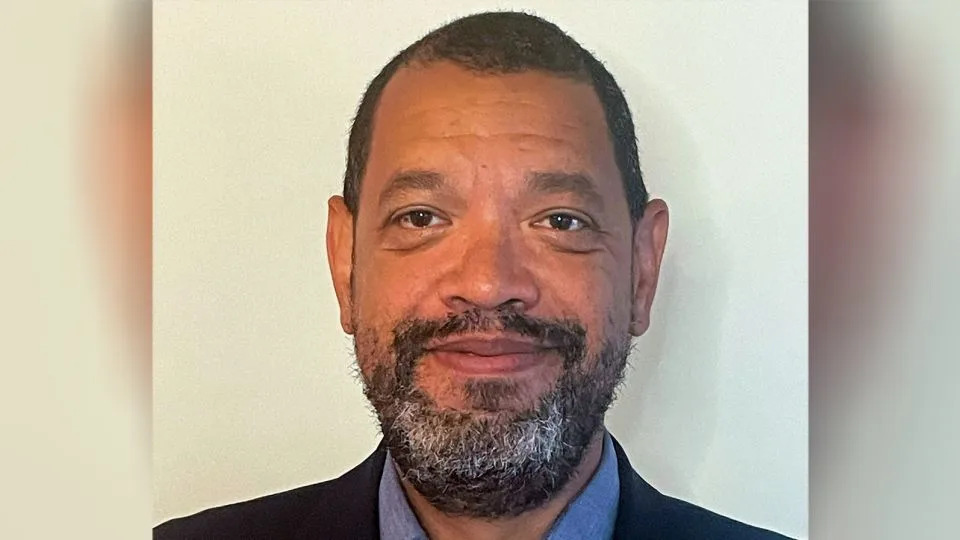

 Scroll back up to restore default view.
Scroll back up to restore default view.